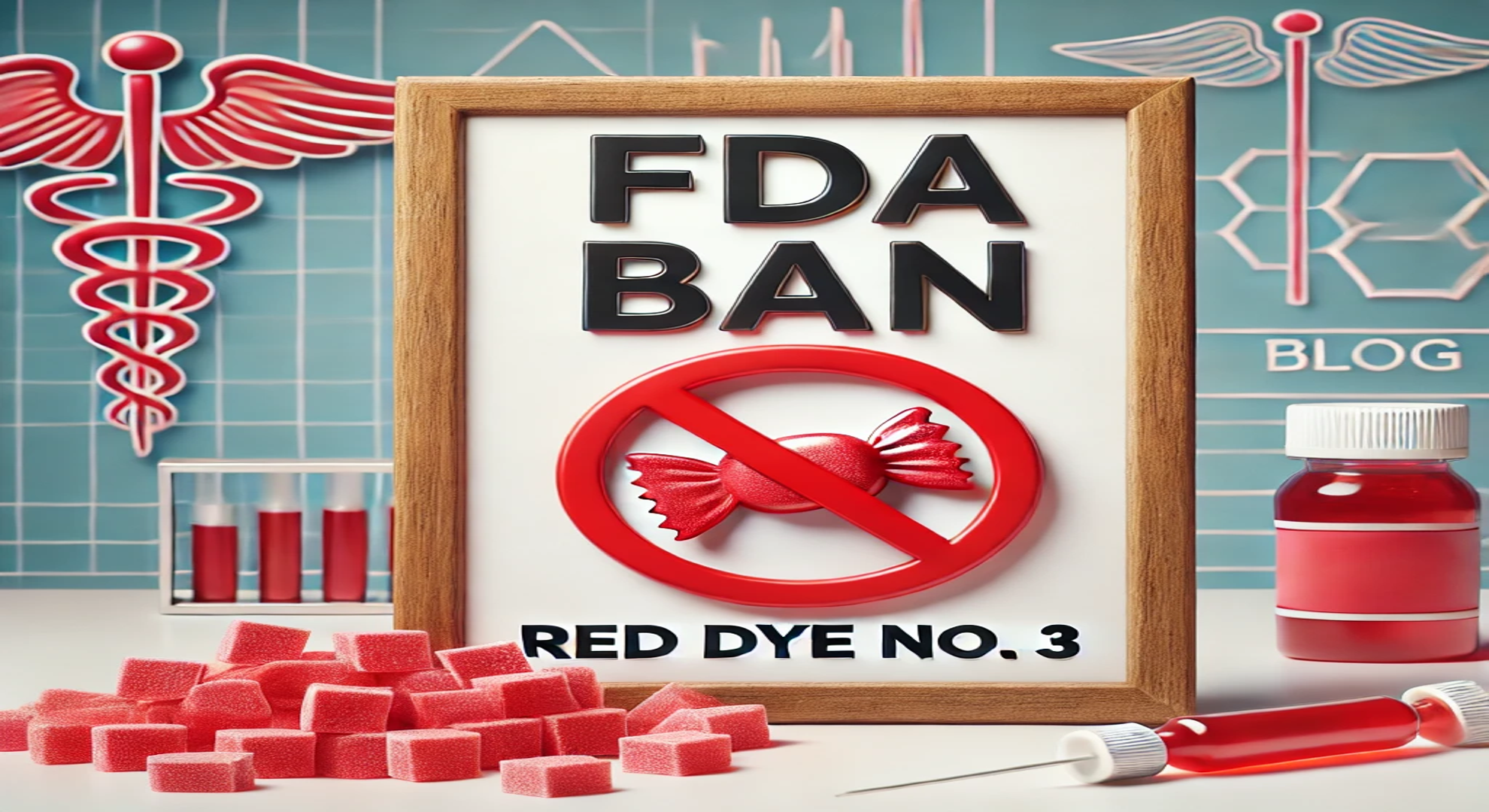What You Need to Know About This Chemical
In a landmark move, the FDA recently announced a ban on Red Dye No. 3 in food products. This has stirred discussions across industries and among consumers. This dye, known for its bright color, is in candies, baked goods, and cosmetics. It has long faced scrutiny for its health risks. Here’s everything you need to know about the ban, the risks associated with Red Dye No. 3, and what it means for consumers and manufacturers.
What Is Red Dye No. 3?
Red Dye No. 3, or erythrosine, is a synthetic food dye from petroleum chemicals. It has been a food additive for decades. It gives products a bright red or pink shade that appeals to consumers.
While it has been a staple in food and cosmetics, concerns about its safety have persisted. Scientific studies have linked Red Dye No. 3 to health risks, like behavioral changes in children and cancer in animals.
Why Did the FDA Ban Red Dye No. 3?
The FDA’s decision to ban Red Dye No. 3 stems from mounting evidence of its harmful effects. Animal studies have indicated a link between high levels of Red Dye No. 3 and thyroid cancer. This led experts to call for stricter regulations.
The FDA’s action is to protect public health. It reflects a demand for safer, natural food additives.
How Does This Affect Consumers?
For consumers, this ban is a step toward healthier food choices. Manufacturers will need to reformulate products that previously relied on Red Dye No. 3, potentially using natural alternatives like beet juice or annatto.
We urge consumers to examine product labels with greater attention during this transition. Some older products that contain Red Dye No. 3 may still be on shelves.
What Does This Mean for Manufacturers?
The ban on Red Dye No. 3 will pose significant challenges for manufacturers. Reformulating products to remove the dye can be costly and time-consuming. It must keep their look and taste. This shift also presents a chance to innovate. We can meet the rising demand for natural and organic foods.
What Are the Alternatives to Red Dye No. 3?
As the industry adapts, several natural alternatives to synthetic dyes are available.
- Beet Juice: Known for its deep red color, it is a popular choice for natural food coloring.
- Annatto: Derived from the seeds of the achiote tree, it provides a reddish-orange hue.
- Paprika Extract: It adds a bright red color. It’s a common ingredient in sauces and seasonings.
Read More: Stimulus Checks 2025 | Are You Eligible for $1,400?
Final Thoughts
The FDA’s ban on Red Dye No. 3 is a significant step toward prioritizing public health. As manufacturers pivot and consumers adjust, this change shows a shift to safer, more natural food. Reading labels will help consumers make healthier choices.



